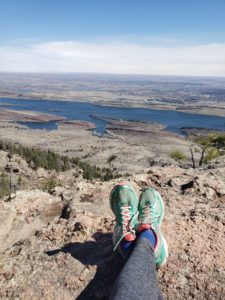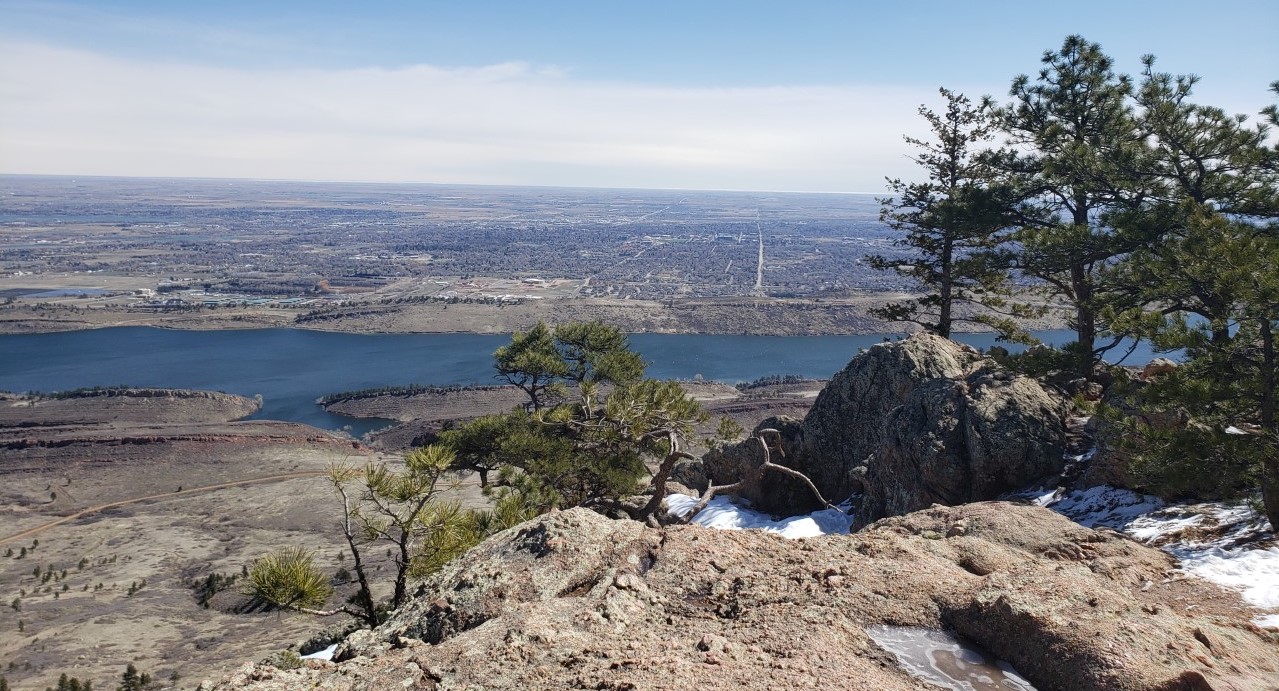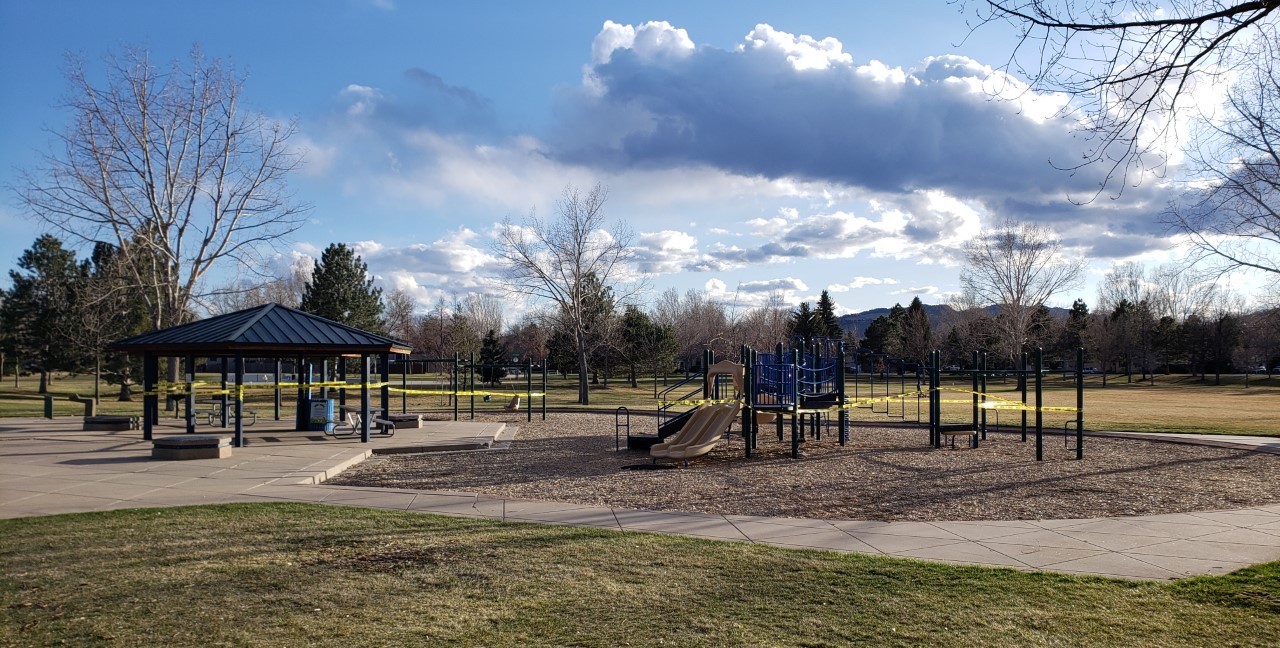Efforts to slow the spread of COVID-19 have radically changed recreation and leisure landscape in Colorado. The pandemic caused ski resorts to close at the height of spring ski season. Climbing gyms and fitness centers closed their doors. Closures of businesses including breweries, bars, and restaurants, further limited Coloradans’ options to get out of the house. This has led to a surge in public lands use as temperatures warm and options for exercise and recreation remain limited.
Natural areas setting records
 On March 25, Gov. Jared Polis issued a shelter in place order that restricted activities outside the home to only necessary tasks, such as seeking medical care or purchasing food. The order was also reflective of Colorado’s outdoor identity, and explicitly included exercise among “essential” reasons to leave the house. A recent article from The Coloradoan noted that Fort Collins residents are setting records at already-popular trails and open spaces like Maxwell Natural Area and the Foothills Trail, with trail counters recording 40% to 50% more visitation than usual. Other public lands users throughout Colorado have noted similar trends.
On March 25, Gov. Jared Polis issued a shelter in place order that restricted activities outside the home to only necessary tasks, such as seeking medical care or purchasing food. The order was also reflective of Colorado’s outdoor identity, and explicitly included exercise among “essential” reasons to leave the house. A recent article from The Coloradoan noted that Fort Collins residents are setting records at already-popular trails and open spaces like Maxwell Natural Area and the Foothills Trail, with trail counters recording 40% to 50% more visitation than usual. Other public lands users throughout Colorado have noted similar trends.
While the benefits of getting outside for stress reduction and physical health are well acknowledged, land managers have concerns about visitors’ ability to socially distance in parking lots, at trailheads and other places where people tend to gather. This has led to closures of high-touch facilities like playgrounds, picnic shelters and bathrooms in parks and open spaces. Visitors to local open spaces may also see increased signage reminding them about the need to socially distance. As local managers noted, whether these spaces remain open is contingent on the public’s ability to uphold social distancing and use these areas appropriately.
Public lands stories
At the Department of History at Colorado State University, the Public Lands History Center is launching an initiative to collect the community’s public lands experiences during the pandemic. When asked about the origins of the project, the center’s staff wrote, “As public lands historians, we recognize this moment as a historic and extraordinary crisis in public health — perhaps rivaled only by the AIDS crisis or the Spanish Flu epidemic of 1918. The accompanying surge in outdoor recreation is a prime example of ‘history in the making’ for public lands.”
To get the word out on the project, the PLHC has contacted local land managers and is working with them to save the responses they receive for posterity and enhance land management during the pandemic.
The PLHC wants to hear from you if you’ve found yourself on local, county, state, or federally managed public lands since March 16. What prompted your visit to an open space, natural area, state park or tract of federal land? What did you see? How did it make you feel?
Responses submitted to the Public Landemic Project, accessible here, will be public and allow public lands users to share and reflect on their experiences on public lands during challenging times. The project consists of a brief, unstructured survey that encourages public lands visitors to share their perspectives however they’d like. To share your experiences visually, tag your photo with #PLHCPublicLandemicProject on Instagram.
The Public Lands History Center encourages all public lands users to be considerate and respectful of one another. As Coloradans continue to find joy and connection on public lands, all land users are urged to maintain social distance, select less-trafficked natural areas or trails, opt to recreate during off-peak days and hours, be vigilant about washing or sanitizing their hands, and observe all limitations on and closures of public land.

